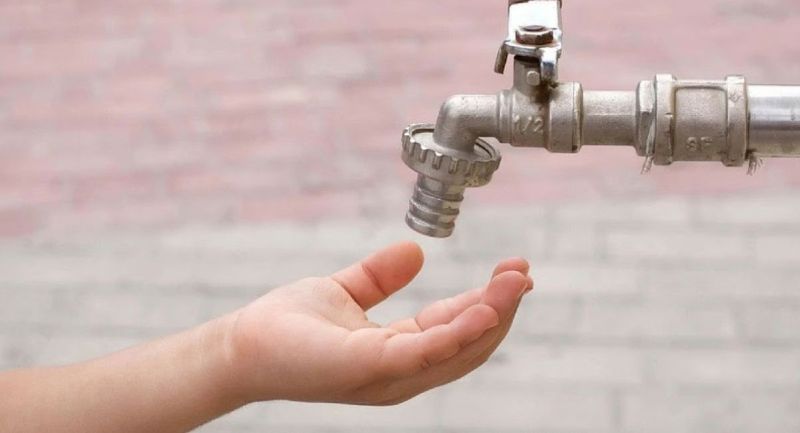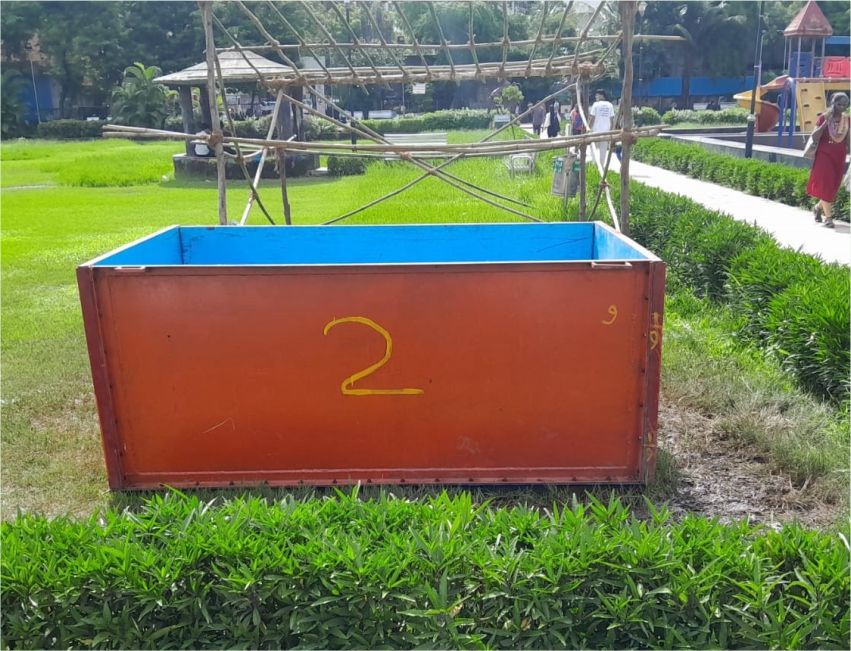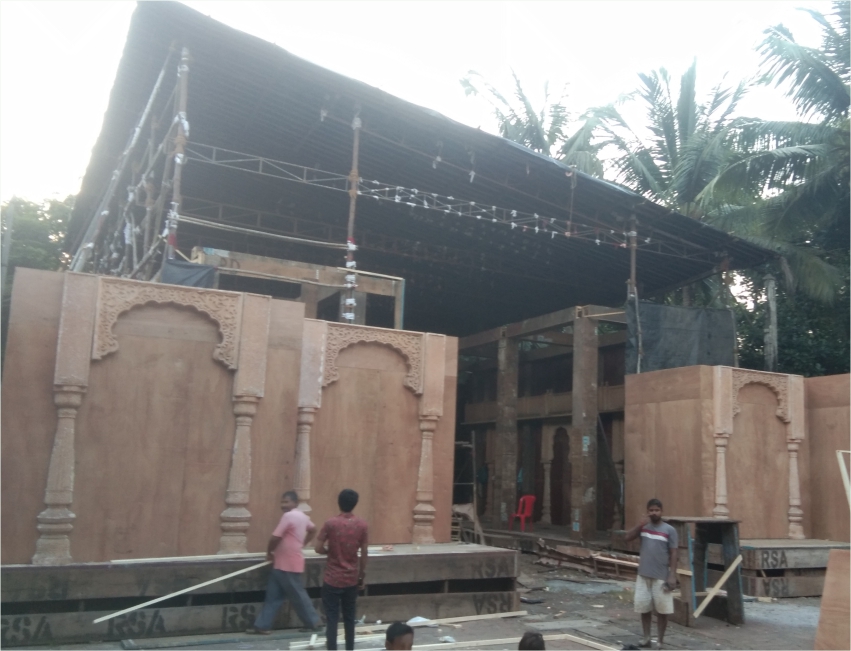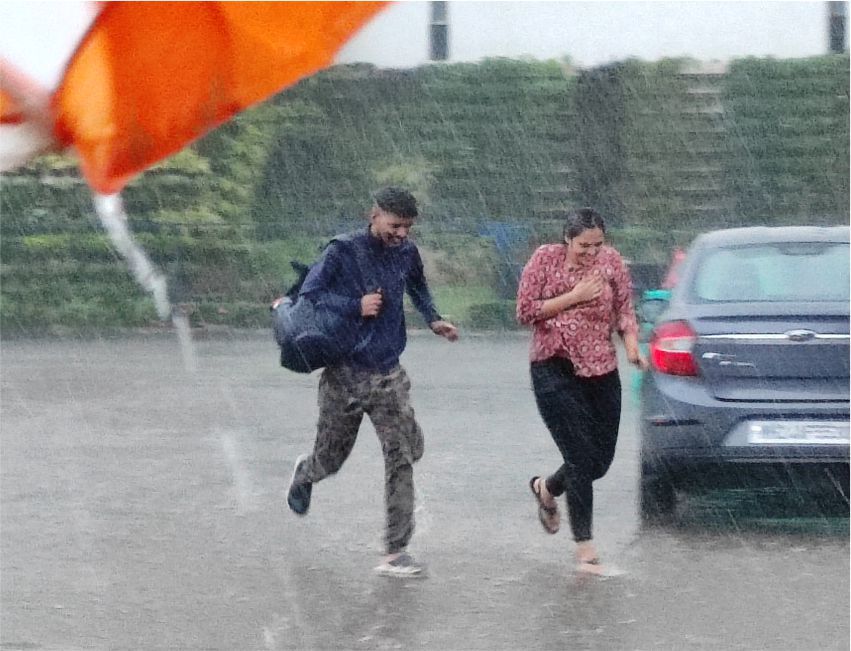Navi Mumbai news: Planned city leaves residents of Kharghar, Taloja, New Panvel thirsting for water

- Newsband
- 16 Apr, 2025
Kharghar: CIDCO’s tagline ‘We make cities’ sounds bold, impressive and inspiring. The Navi Mumbai city, especially the relatively new nodes of Kharghar, Kamothe and Taloja are touted as proud testaments of the public sector undertaking’s success in building new cities. However, under the sheen and shimmer of swanky buildings, residents of the new city are desperate, on edge and stressed.
Planned development, CIDCO’s USP, is coming apart with the residents forced to bear the brunt.
“CIDCO has increased urban settlements due to which the population has increased. As against the requirement of 100 MLD of water, only 70 to 80 MLD is being supplied,” Netra Kiran Patil, Kharghar resident and ex-corporator, said.
“There are 40 sectors in Kharghar division, and 100 MLD of water is required daily. CIDCO is providing 60 to 70 MLD of water to Kharghar division, but only 10 to 15 MLD of water,” she said.
“I live on the 13th floor and we get water for only about half an hour. It is a desperate situation and I do not what to know. I have been forced to use water from the washing machine for use in the toilet,” Smriti Mandhane, a resident of Jal Vayu Vihar said.
“Our routines are now tied to the water supply timings. We cannot go anywhere as the society releases water at around 7 pm. We have to be perforce be at home,” Smriti’s husband Kailas submits. “This especially after we paid out of our pockets and got a second connection approved from CIDCO,” he said.
Due to increase in demand during summer and the low-pressure supply, many societies in Kharghar have been forced to secure supply by engaging private water tankers.
In Kharghar Sector 16, Sector 3, Sector 19, 20, 21, many societies are relying on water supplied by the water tankers.
CIDCO's water planning, if something existed, has completely gone wrong. “There has been a huge water shortage for the last 3 years and consequently we have been forced to buy water from tankers,” Meena Vikas, resident of sector 21, Kharghar said.
Moreover, the water supply pipe line is old and often there is low pressure supply, and at times, the supply is closed for maintenance and repair, leaving the residents harried and stressed, she said.
If Kharghar residents are reeling under water stress, it is no better in Taloja. While laying the new node, CIDCO had entered into an agreement with MIDC Taloja for eight MLD water, however, in reality, Taloja receives only 6 MLD of water from MIDC.
The population of Taloja has increased significantly in the last two years. Taloja currently requires about 18 to 20 MLD of water.
To mitigate the water crisis in Taloja, about 10 to 12 MLD of water is being made available from Kharghar. The solution is benefitting neither Taloja nor Kharghar.
Driven to desperation, the Taloja residents have threatened to launch an agitation. “What else can we do. We bought a flat at a premium hoping our lives will be easy. However, looking at the water situation I get this feeling of living in a slum where you have to queue at the water tap every day for a bucket of water,” Karun Nair, a software professional who moved recently to the node, said.
Like Kharghar and Taloja, New Panvel also has been at the receiving end of CIDCO’s apathy. “The water tanks in New Panvel Sector 1, 12, 15 have been demolished and underground water tanks have not been built to replace them. Water is being supplied at low pressure. The pipelines that were laid 40 years ago are old and damaged, due to which water shortage is occurring and residents are suffering,” Adv Manoj Bhujbal, New Panvel, said.
The water scarcity is not unique to Navi Mumbai alone. With the planets second largest population at 1.3 billion, and expectant growth to 1.7 billion by 2050, India finds itself unable to serve the vast majority of that populace with safe, clean water.
Mumbai too is reeling under water stress. The threat of supply disruptions is growing increasingly concerning with summer temperatures soaring and the monsoon still several weeks away.
Mumbai’s seven lakes, responsible for supplying drinking water to over 1.25 crore people, have dwindled to a mere 31.23% of their total usable capacity.
According to a news report published in News18, Mumbai’s current water supply stands at a meagre 5.67 lakh million litres, a significant drop from last year’s levels of nearly 9 lakh million litres during the same period.
At the current daily consumption rate of approximately 3,850 million litres, Mumbai’s water reserves will only last for approximately 45 days unless substantial rainfall occurs or alternative arrangements are implemented. While smaller reservoirs like Tulsi still retain over 78% of their capacity, their contribution to the city’s overall supply remains insignificant.
Larger sources such as Modak Sagar, Middle Vaitarna, and Bhatsa, which form the backbone of the city’s water system, are all facing critically low levels.
While the situation is grim for Mumbai residents, it does not provide any relief to the residents of the planned city. “Water is the elixir of life and it does not help me in any way by knowing that people in Mumbai or Rajasthan are also facing water problems,” an irate Sudhakar Bhavsar, resident of Kharghar, lashes out.
My question is what has CIDCO done for ensure water sustainability, Bhavsar queries.
CIDCO, when contacted, remained evasive. “We will get information from the nodes and then try to provide solutions so that the problem of the residents can be resolved in future,” Priya Ratambe, chief PRO, CIDCO, said.
CIDCO’s evasive response is not surprising as the nodal agency’s efforts have failed to extend relief to the residents. “CIDCO has failed to come up with new solutions. It seems that there is no vision for water supply,” Patil added.





